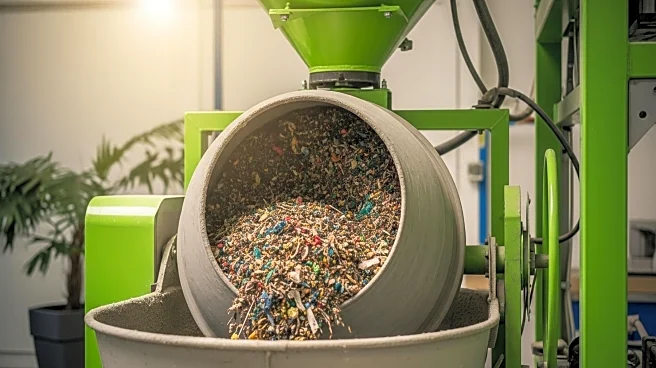What is the story about?
What's Happening?
A study has developed a deep learning framework to map nitrate pollution in the Rmel coastal aquifer in Morocco. The research focuses on the impact of land use on nitrate levels in groundwater. The study area, characterized by agricultural activities, is prone to seawater intrusion and nitrate contamination. Researchers used machine learning models, including Multilayer Perceptron (MLP) and TabNet, to predict nitrate concentrations based on environmental variables. The models demonstrated high accuracy in predicting nitrate levels, highlighting the influence of agricultural practices on groundwater quality.
Why It's Important?
This research is significant as it provides a method to monitor and predict nitrate pollution in aquifers, which is crucial for water quality management. Nitrate contamination poses health risks and affects water resources, especially in agricultural regions. The study's findings can inform policy decisions and land use planning to mitigate pollution. By integrating deep learning with environmental data, the framework offers a scalable solution for monitoring groundwater quality, potentially benefiting regions facing similar challenges.
Beyond the Headlines
The study underscores the potential of artificial intelligence in environmental monitoring, offering a cost-effective and efficient approach to managing water resources. The integration of remote sensing data with machine learning models can enhance the understanding of human impacts on natural systems. This approach could be adapted to other environmental challenges, promoting sustainable resource management and informing global efforts to address water pollution.
AI Generated Content
Do you find this article useful?














